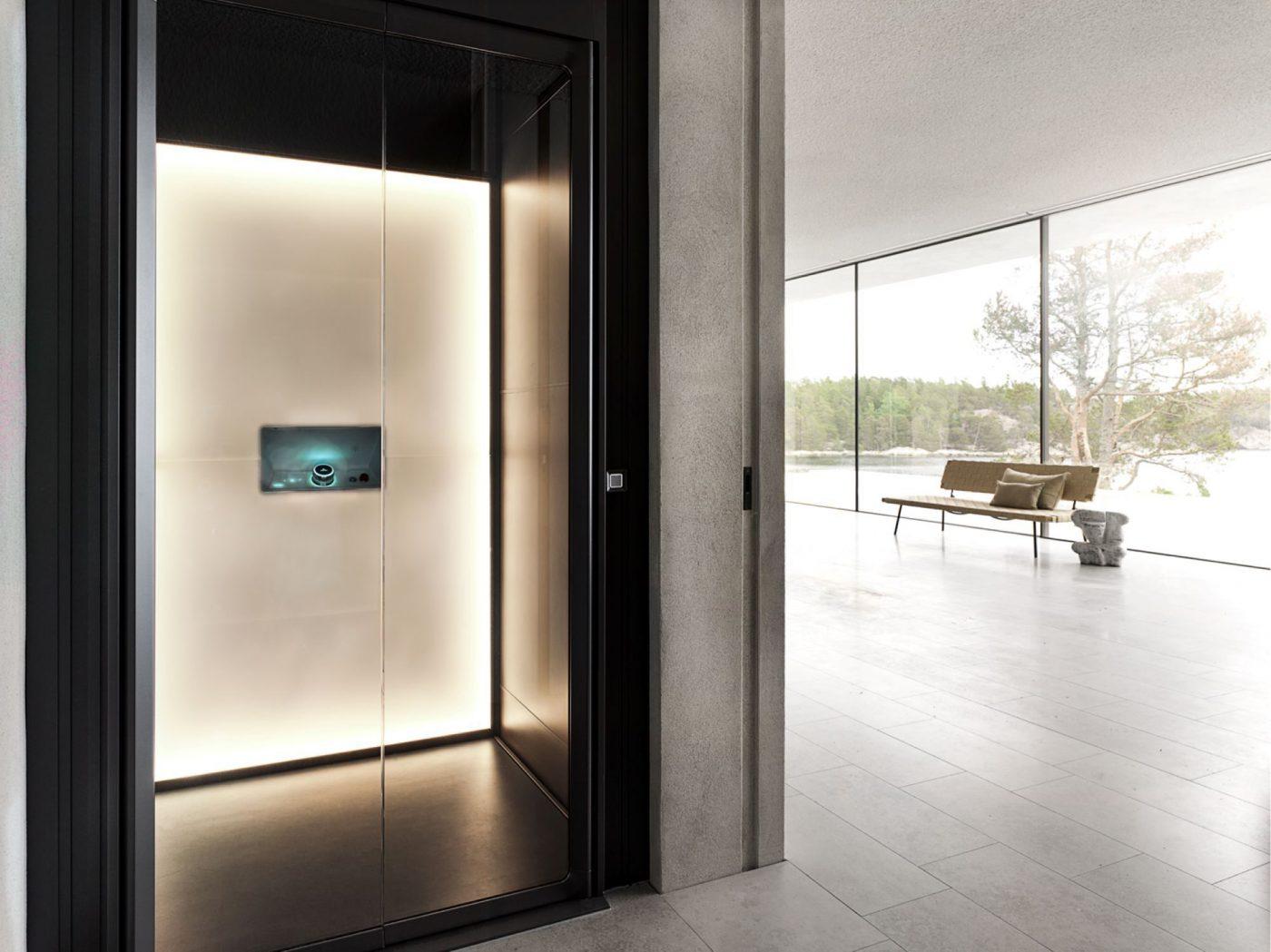London Lift Company: Trusted Experts for All Your Vertical Transportation Needs
London Lift Company: Trusted Experts for All Your Vertical Transportation Needs
Blog Article
Digging Into the World of Elevators: Usual Issues Dealt With by Numerous Lift Devices
As we browse via the upright transportation systems of modern-day structures, lifts stand out as a vital part of our everyday lives. From hydraulic lifts to grip systems and machine-room-less designs, each lift kind comes with its set of common issues.
Hydraulic Elevators
Hydraulic lifts, frequently favored for low-rise buildings, utilize fluid stress to manage the motion of the lift cars and truck (lift repair companies). This device entails a hydraulic pump pushing oil right into a cylinder, causing the lift to relocate the desired instructions. While hydraulic lifts are understood for their quiet and smooth operation, they do include their own collection of typical issues
One prevalent trouble with hydraulic lifts is oil leakage. Furthermore, problems with the control system, such as damaged valves or a malfunctioning pump, can cause disruptions in the lift's movement.
Regular upkeep and timely repair services are vital to ensure the smooth performance of hydraulic lifts. By addressing these typical problems proactively, structure owners can minimize downtime and make sure the security and performance of their vertical transport system.
Grip Elevators
When thinking about upright transport systems in structures, one more common type in addition to hydraulic lifts is the grip elevator. Grip elevators run making use of a system of ropes and weights that move the elevator vehicle by grasping onto the hoist ropes. This mechanism permits smoother and quicker upright transportation contrasted to hydraulic systems.
Among the common problems encountered by grip lifts is rope wear. The continuous motion of the ropes within the traction system can cause tear and put on over time, potentially triggering the lift to breakdown or become risky for usage. Routine inspections and maintenance of the ropes are important to guarantee the lift's appropriate performance and safety and security.
One more concern that traction elevators might come across is associated with the control system. Problems with the control system can bring about problems such as erratic motion, hold-ups in response times, or even complete shutdowns. Routine screening and upkeep of the control system are essential to stop such problems and make certain the elevator's dependability.
Machine-Room-Less (MRL) Elevators

Among the key elements of MRL elevators is the portable gearless traction equipment that is mounted within the hoistway. This equipment effectively drives the elevator car without the demand for bulky devices located in typical grip elevators. Furthermore, MRL lifts normally use a weight system to balance the car, more boosting their power effectiveness.
Despite their benefits, MRL lifts may encounter challenges associated with upkeep and fixing as a result of the confined space for tools setup. Accessibility for servicing components within the shaft can be limited, calling for specialized training for technicians. Proper maintenance schedules and routine assessments are critical to ensure the continued smooth procedure of MRL elevators.
Overloading and Weight Limitation Issues
Are elevators furnished to take care of excess weight lots successfully and safely? Straining and weight restriction issues are important concerns in lift procedures. Elevator suppliers design raises with specific weight capabilities to make sure traveler security and devices durability. Surpassing these weight limitations can cause various problems, including mechanical failings, delays, and safety dangers.
When elevators are strained, it puts excessive pressure on the electric motor, cable televisions, and other components, possibly triggering breakdowns or malfunctions. If they find excess weight, security systems such as sensors and overload sensors are in place to protect you could try this out against elevators from relocating. Furthermore, going beyond weight limits can bring about boosted power usage and wear and tear on the lift system.
To mitigate overwhelming issues, constructing managers need to prominently show weight limits in elevators and inform occupants on the relevance of sticking to these limitations - lift repair companies. Normal maintenance checks by qualified specialists can likewise help guarantee that lifts are operating within secure weight parameters. By resolving overloading and weight limit problems proactively, structure proprietors can enhance elevator safety and security and efficiency
Electrical System Failings
Exceeding weight limits in elevators can not only lead to mechanical concerns but also possibly add to electric system failings within the lift framework. Electrical system failures are an important concern in lift procedure, as they can trigger unforeseen shutdowns, breakdowns, or also safety risks.
Routine maintenance and inspections are essential to recognize and resolve prospective electric issues immediately, ensuring the secure and efficient operation of lift systems. By sticking to weight limits and conducting regular electrical system checks, building proprietors can minimize the risk of electric failings in lifts.
Final Thought

Hydraulic elevators, often favored for low-rise structures, utilize fluid stress to control the motion of the lift cars and truck.When considering vertical transportation systems in buildings, one more common kind aside from hydraulic lifts is the grip elevator. Traction lifts operate utilizing a system of ropes and weights that relocate the elevator automobile by grasping onto the hoist ropes. Unlike traditional lifts that call for a separate maker area to house the equipment, MRL elevators incorporate many of the components within the shaft, getting rid of the demand for a devoted maker area.In conclusion, elevators deal with typical concerns such as hydraulic malfunctions, traction system failures, and electric system troubles.
Report this page